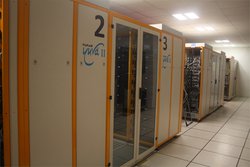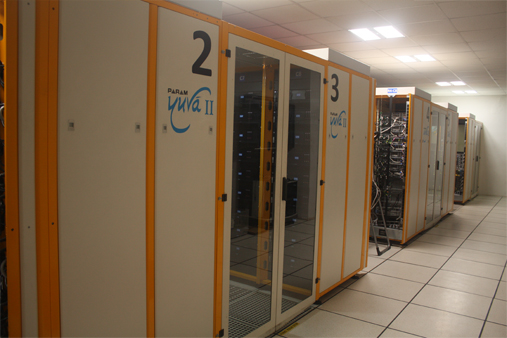
May 23, 2016
The Times of India is reporting that the country will begin building a new series of domestically produced supercomputers, the first of which will be installed in August of 2017. The Rs 4,500-crore (about $670 million) project is being managed by the Centre for Development of Advanced Computing (C-DAC).
 In 2016, the government came up with a plan to build as many as 80 supercomputers over a period seven years. Not all will be developed in India, however. According to Ashutosh Sharma, Secretary in the Ministry of Science and Technology, some will be imported, while others will be built indigenously.
In 2016, the government came up with a plan to build as many as 80 supercomputers over a period seven years. Not all will be developed in India, however. According to Ashutosh Sharma, Secretary in the Ministry of Science and Technology, some will be imported, while others will be built indigenously.
This isn’t the first time India has developed homegrown supercomputers. Starting in 1991, the country built and deployed a series of domestically produced systems, known as PARAM, which is Sanskrit for supreme. The effort was initiated due to a US arms embargo in the late 1980s, which prevented India from importing Cray systems at the time. Nine PARAM systems have been built, culminating with the PARAM Yuva II, a 524-teraflop machines that is powered by a combination of Intel Xeon and Xeon Phi processors.
The PARAM Yuva II is the only remaining domestically-produced supercomputer from India on the TOP500, ranking at number 165. The other 10 Indian systems on the list were built by Hewlett Packard Enterprise (6), IBM (2), and Cray (2). India’s top system is SahasraT, a Cray XC40, whose LINPACK performance is officially just shy of 1 petaflop, although at the time of delivery in 2015 it was supposed to provide more than 1.4 peak petaflops.
Presumably the machines under development at C-DAC will put India squarely into the petaflop club. No word on what the new systems will be called.
